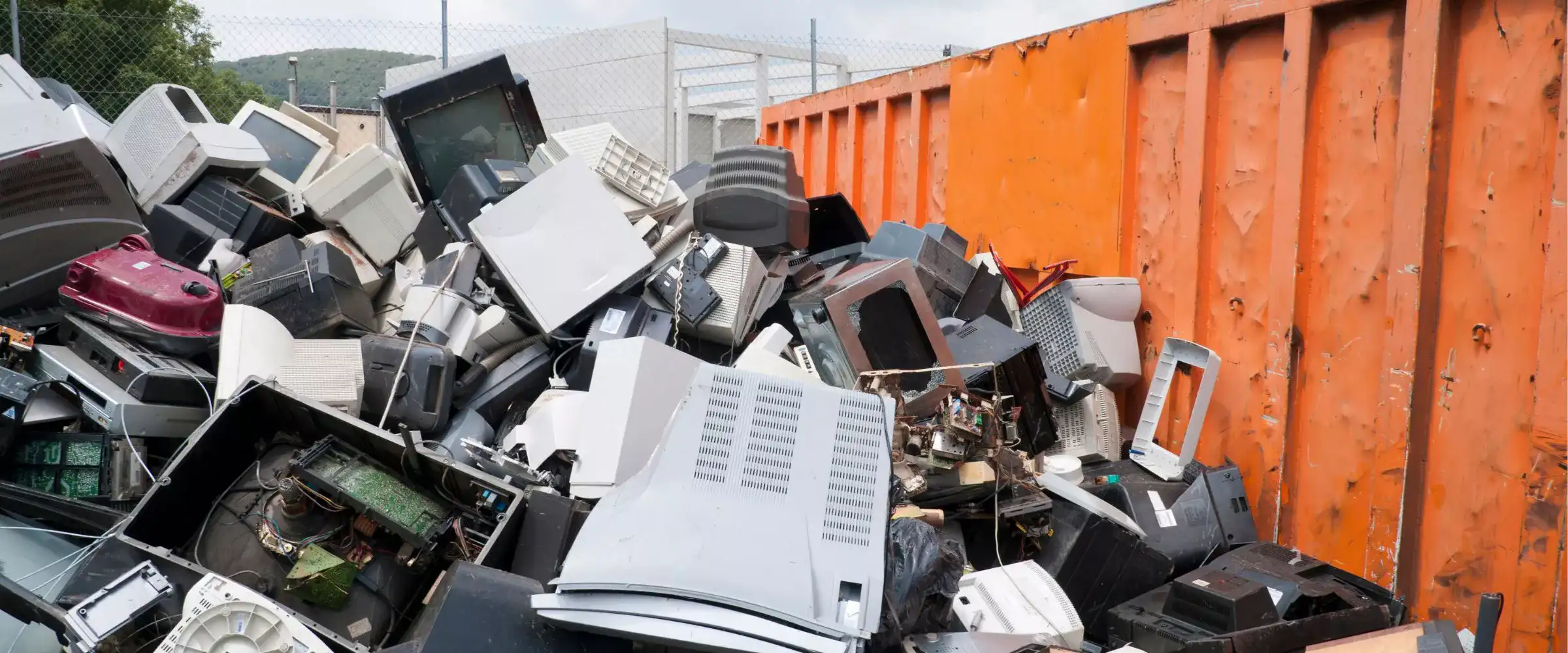E-Waste Recycling

In a rapidly evolving digital landscape, the responsible disposal of electronic waste is crucial to protect our environment and conserve valuable resources. At Indo Green Enviro Pvt. Ltd., we are committed to providing sustainable e-waste recycling solutions that ensure the safe and eco-friendly management of electronic waste.
The E-Waste Challenge
Electronic waste, or e-waste, is one of the fastest-growing waste streams globally. It includes discarded electronics such as computers, smartphones, tablets, televisions, and more. Improper disposal of e-waste can lead to environmental contamination, health hazards, and resource wastage.
E-Waste Recycling Solutions
Recycling electronic devices presents unique challenges due to their complex composition, comprising various proportions of glass, metals, and plastics. The recycling process can vary depending on the materials involved and the technologies employed. Here’s a general overview:
- Collection and Transportation: Collection and transportation are the initial stages of e-waste recycling. Recyclers strategically place collection bins or electronics take-back booths in specific locations, gathering discarded electronic waste. This collected e-waste is then transported from these collection points to dedicated recycling plants and facilities.
- Shredding, Sorting, and Separation: Once e-waste arrives at recycling facilities, it undergoes processing and separation to yield clean, recyclable commodities for the production of new items. Efficient material separation is the cornerstone of electronics recycling. And this is where our state-of-the-art shredding machines turn e-waste items into small pieces facilitating subsequent sorting.
An overhead magnet effectively separates the various components from the waste stream on the conveyor. The isolated steel materials are then prepared for sale as recycled steel. Further mechanical processing segregates aluminum, copper, and circuit boards from the predominantly plastic waste stream.
A water separation method is employed to differentiate glass from plastics. Visual inspection and manual sorting enhance the quality of the extracted materials. The segregated streams of aluminum, copper, and circuit boards are collected and readied for sale as recycled commodities.
Advanced separation technologies are integrated into this process. The final step involves locating and removing any remaining metal remnants from the plastics to further refine the material stream. - Preparation for Sale as Recycled Materials: Following the shredding, sorting, and separation stages, the separated materials are meticulously prepared for sale as usable raw materials. These materials are destined for the manufacturing of new electronics and other products, closing the recycling loop and minimizing waste.
